Classic Philips and Marantz CD Player Comparison – part 3
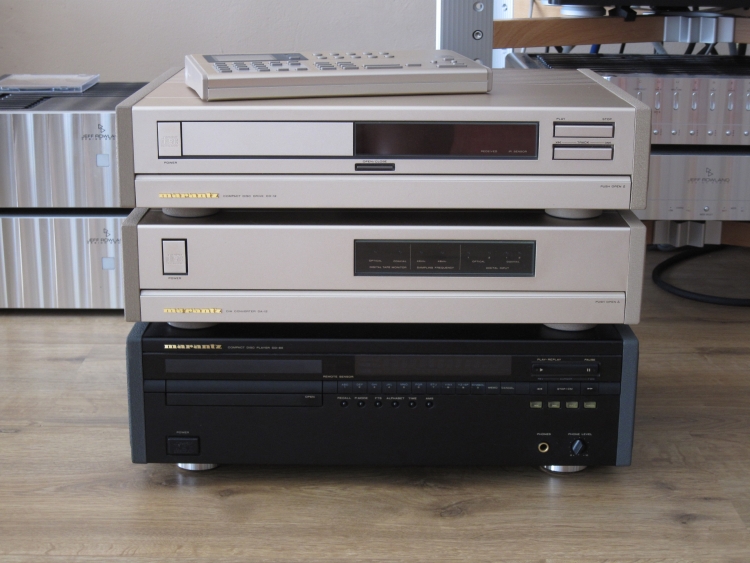
THE ORIGINAL 2008 REVIEW
A more detailed comparison of the CD11LE, CD12LE, CD74, CD85, CD80 Marantz players that are added later can be found at the bottom of this review. For now, let’s move on to the original review.
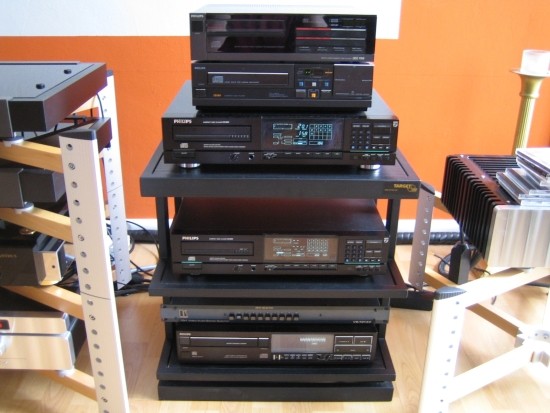
POWER
All players showed sensitivity to the position in the (serial wired-) extension block. The first position was most powerful and dynamic, so good for the CD880 but bad for the CD304MKII. The further away from the inlet, the more relaxed the sound became. Naturally, I experimented with this and listened to every player with its power cable in its relative best position.
Normally my high-end equipment sounds very nice in the main extension block (also serial-wired), after the Jeff Rowland Synergy preamp which is powered with a Harmonic Tech Pro ACII powercord. This smooths down subsequently connected components and for my Levinsons, DCSses and other components, this is beneficial. But for the Philipses, and Marantzes alike, this proved too much. These players are already so relaxed that they need pole position in the extensionblock. The only exception was the CD304MKII which was a little rough around the edges and this player benefitted from being somewhere in the middle of the extension block.
INTERLINKS
Interlinks are usually very important, especially with my usual high-end gear. The Philipses and Marantzes however, don’t need super high-end cables. They are already refined and smooth and if anything benefits from more lively-sounding cables. I found that stock cables (the ones you get for free in the box) tend to sound very nice when combined with these old players. Specialty interlinks such as Cardas and Transparent proved too much and made for too much of a good thing when combined with the already very luxurious-sounding oldies. I also tried a more affordable Cardas cable – the Quadlink. And although this cable made for better definition and transparency, it also made the sound drier and more analytical. In the end, I chose to just use stock cables for this test.
The players using their built-in dacs and analog outputs compared to each other and in comparison to the reference DAC:
Until now all assessments were made with the players using their analog outputs and only compared to each other. Now it’s time to compare them to the reference equipment, by itself, as integrated players.
The Marantz CD94MKII is my reference CDM1-equipped player. It has almost all that an audiophile could wish for with its best qualities being an utterly relaxed presentation with enormous soundstage, a rich tonality and a velvety smooth, almost creamy character. On top of this, it has the most fluid, most airy treble I’ve heard a cd player produce. The only points where it scores less well are focus, tightness and slam. It is not the most obviously detailed player around but neither does it sound detail-deprived. In fact you’ll never miss any detail until you start comparing it to much better and more expensive equipment. But even when compared with DCS dacs, the CD94MKII sometimes still manages to sound more colorful, more convincing and more “human” with its own built-in dac and output stage. Even though the DCS equipment has much better focus and resolution, the CD94MKII still sounds more analog to me with a more expansive soundstage and a more gentle presentation. The best thing about the CD94MKII is that it will never sound aggressive or shouty yet it manages this without sounding overly smooth, undynamic or slow.
The CD880 en CD960 are the best Philips players for me because they sound most fluid, subtle and spacious and by doing so appeal to my sense of “analog-ness”. Compared to the Audiomeca reference setup, the Philips players sound more fluid, more spacious, airier and altogether more “analog”. Their most obvious flaws include bass drive and slam. They can be a little to reticent. The Philips players work best when playing relaxed music such as jazz fusion or soul. More complex music shows the players’ shortcomings in terms of fine detail, dynamics and focus and they can start to sound a little too laid back. Compared to the 960, the 880 is more airy and subtle, but the 960 is warmer and fuller and has bigger bass. The 960 also sounds more like the CD94MKII although the latter is more refined and articulates better.
The CD880-USA Is the exact same player as the CD880 but works on 110 volts instead of 220 volts and so needs an external converter. It may well be because of this extra transformer that it sounds fuller, bigger and smoother than the regular 880. But it also loses some drive and dynamics and so becomes a little too soft sometimes.
The CD304MKII has what the 880 lacks: big bass and lots of drive and dynamic slam. PRAT is something this player knows about. But the 304MKII doesn’t have the 880’s smoothness, its treble airiness or its detail and transparency. In fact, the 304MKII sounds pretty grainy and somewhat “rough ‘n ready”.
The CD104 at first hearing sounds immensely rich and relaxed and it’s like loudness is always on. It is much more fluid and refined than the 304MKII but this smooth presentation really covers up its lack of detail, focus and dynamics. But even though this clearly isn’t the best player of the bunch, its extreme smoothness makes it a perfect player for badly recorded cd’s. From memory, it sounds a bit like the Marantz CD80 albeit with much less transparency and resolution.
The CD105 is a simplified CD104 with lots and lots of plastic on the inside. Even the transport is part plastic. Not surprisingly the sound is also synthetic: thin, lacking colour and substance and really its only good quality is the treble which is still airy and fluid. But overall this is a very mediocre player.
Now that the players have been compared using their analog outputs, it’s time for them to be used as transports and to see how well they keep up with a reference CEC transport.
Until now the players were used as integrated players, with their built-in dacs and analog outputs. Comparing them to reference equipment this way is unfair but still the CD880, 960 and CD94MKII were able to produce excellent results. But what would happen if you only use them as transports, taking the digital signal coaxially into the reference dacs?
CD304MKII, CD880, CD960 and CD94MKII as a transport
Naturally, I used all players that are equipped with a digital output as a transport in combination with all available DACs. And as it turns out, all CDM1-equipped players have a similar recognizable character although they definitely don’t all sound alike. What’s more: the differences are so large indeed that you can easily distinguish them in a blind test. How can this be? Well, partially this is probably because of differences in how the servo is incorporated (CDM1 was issued with at least three different servo boards). Also, the power supply has a large influence, even though the transformers themselves are very similar, still the remainder of the power supply (rectification, filtering, regulation etc) differs from player to player. Lastly, the state of the player also has to be taken into account as some of these players are over 20 years old now. Still, there are definite similarities and patterns to be discovered but more on that more below.
All CDM1 transports (CDM1mkII too) sound alike in the way that they all present a super-fluid, almost creamy sound with utterly silky treble. While displaying all these attributes, some players sounded more dynamic and thinner while others sounded more harmonically ripe and full-color.
The CD304MKII (CDM1) portrayed the same character no matter the connection method: analog or digital. It has most drive and slam of all players here but is also most rough around the edges. Its sound can be ragged, the treble a little coarse and lacking refinement. Also, it has less transparency than the other players in this test. As a transport I even found these aspects to grow worse than when using it as an integrated player with its analog outputs.
CD94MKII, CD880 and CD960 all sound very nice as a transport, with the 880 being most airy and refined but lacking real power, fullness and slam. The 880 has similar qualities when used analog or digitally, but it is most relaxed and ethereal when using its built-in dac. When used as a transport it turns into the second-best transport I have heard with very fine slam and dynamics while remaining utterly fluid and refined. The 960 sounds a lot like the CD94MKII on the aspects of color and bass fullness but the 960 is more mellow and relaxed and can sometimes be too much zen. Also, it lacks the 94MKI’s low-level resolution, especially when used with its analog outputs. When used as a transport, the 960 is fine, but I’d rate it below the 880. Sure, it shows the 880 a thing or two about harmonic ripeness but it’s just not that engaging except for cd’s that are supposed to sound very smooth. The CD94MKII is my reference when used as a transport. Used this way it is so exceptionally good that only the CEC TL1x belt-driven cd transport could beat it. But not by a large margin! The CD94MKII’s digital output doesn’t overly shout: “I’m a CDM1 transport” but instead shows massive dynamic behavior and excellent timing, in addition to the usual CDM1 strengths such as treble fluidity and overall musicality. Used with its analog outputs, the CD94MKII reverts to the familiar TDA1541 sound, which is smooth, creamy, relaxed, mellow, slightly vague’n blurry… but still the best of this group and highly emotionally enjoyable!
The players were combined with all dacs that were present but turned out to work best with the DCS equipment
The combination with the Audiomeca dac wasn’t the best one: technically the match was excellent, but emotionally I felt it was undercut when compared to the combination with the DCS stack. This is the unpredictable nature of audio. Sometimes a match works out; sometimes not. In case of the Audiomeca I believe that it is more than average sensible to jitter. While the Audiomeca showed excellent dynamics and slam when combined with any of the CDM1 transports, the DCS combo managed to sound more coherent and much more nuanced. It didn’t really rock but emotionally it worked better than with Audiomeca. There was a kind of synergy going on that highlighted the CDM1’s inherent qualities. The DCS combo did nothing to help the slightly lacking dynamics and drive of some of the players but added to the fluidity, creaminess, gentle smoothness to create an altogether almost analog sound that reminded me of listening to lp. This was a very well-mannered sound. Very civilized and un-digital. But also lacking a little in character, but that’s attributable to the DCS as it turned out later when I decided to swap them for Mark Levinson. But that’s a whole different story for another article. This slight lack of character, by the way, wasn’t present when the players were used with their built-in dacs, on the contrary! But then you miss out on transparency, resolution etc.
After this I rushed to see what the Audiomeca Mephisto II transport could add to this, instead of the CD880, CD960 and CD94MKII
Well, that was a disappointment really. Even though the Mephisto II is supposed to be at the pinnacle of cd drive technology and indeed, technically, it was superior, with much better slam and drive, somehow it was less fluid, less, glowing, less open and airy in the treble and sounded just… uninspiring! The unforced and utterly natural, all flowing CDM1 presentation had been traded for a completely boxed-in and boring presentation. How could this be? It happens more often that one aspect of sound discludes another. For example: extreme fluidity prevents ultimate dynamics, and vice versa. Of course there are exceptions but very often it is true. The only instance where the Audiomeca improved upon the various Philipses and Marantzes was when playing rock music or music that is very flat dynamically and its basically rhythm-driven. But when it comes to harmonic rightness, there is no beating the CDM1. The Audiomeca transport, on the other hand, sounded very nice when combined with its stablemate the Enkianthus dac. Why? Synergy? Less susceptibility to jitter? Who knows.
Naturally the DCS equipment squeezes out more resolution and transparency, better layering and such, but still, the CD880, CD960 en CD94MKII never disappoint and in fact, sometimes manage to evoke more emotion than the DCS combo. The DCS combo is technically superior but somehow is less accomplished at conveying emotion than these old Philips and Marantz players.
More about the best players:
Marantz CD94MKII:
This is essentially the same machine as the Philips CD960, but with a double DAC chip of better quality and a specially selected CDM1 transport.
CD94MKII, compared to the CD880 using analog outputs
I was a bit scared to try because you just never know. Who knows: perhaps the CD94 sounded less than the CD880… The latter was already a surprise for its super airy presentation, after having used Wadia’s and Audiomecas and others. But the CD94 just adds to the CD880’s qualities by being both more detailed and more supple. Silkier too. The 94’s bass is fuller and reminds of the CD304MKII but is tighter and less rough. Good results!
CD94MKII as transport, digitally to the DCS combo, compared to the CD880
Surprisingly, the same results go for the CD94MKII, either used as transport or as an integrated player. The CDM1 is apparently responsible for a large portion of the magic. The CD94MKII, used as a transport, shows the same improvements over de CD880 used as a transport: better resolution, better focus, more fine detail, more attack, more decay, tighter bass and more drive. In absolute terms, The CD94MKII+DCS combo is less dynamic and propulsive than the Audiomeca combo, but in musical terms it is so very seductive that my heart still chooses the CDM1-based setup.
Philips CD960:
The CD960 is basically the same machine on the inside as the Marantz CD94 (not MKII) and not surprisingly its sound character is comparable.
CD960, compared to the CD94MKII and CD880
The CD960 is almost (perhaps even completely) identical on the inside to the Marantz CD94 (not MKII) and not surprisingly its character is comparable. The 960 also sounds more like the CD94MKII than the other players here, with the exception of the CD85 which was reviewed later. The 960, 880, 94MKII and 85 share a similar higher resolution sound than the other players in this review while maintaining a super-smooth and very refined treble as well as very good transparency. The 960 sounds a lot like the CD94 but falls short on dynamics, speed and transparency. This is something the 880 does better, but that one lacks the fullness of bass that both the 960 and 94(MKI and MKII) manage. The 960 is also slightly less refined, a little rougher so to say, than the other TDA1541 players here. In a sense, it sounds slightly like the TDA1540 players, which in itself isn’t bad at all, just so long you don’t expect CD94MKII-like transparency.
CD960 as transport, coaxial digitally to the DCS combo, compared to the CD880 and the CD94MKII.
Used as a transport, the CD960 falls in-between the CD880 and CD94MKII: fuller, faster, more royal and with more drive than the CD880, but less open and airy. Compared to the CD94MKII tonally very similar, but slower, less fresh, less smooth and less detailed and refined. These differences turned out quite a bit smaller than when comparing the analog outputs though and may well be audible only in a very transparent setup.

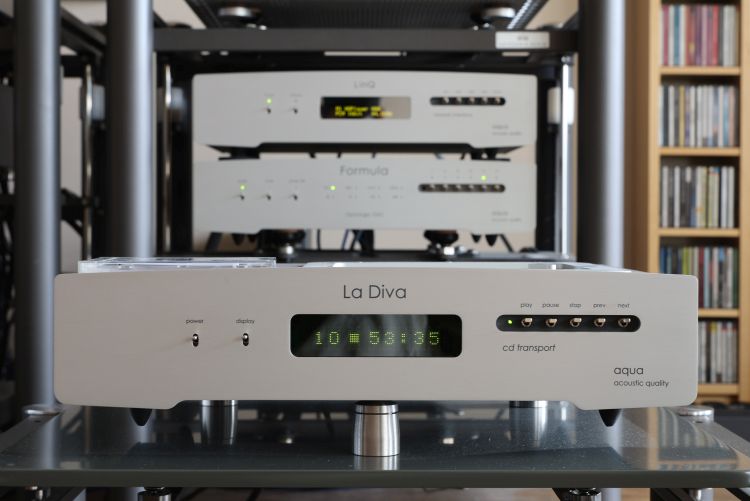
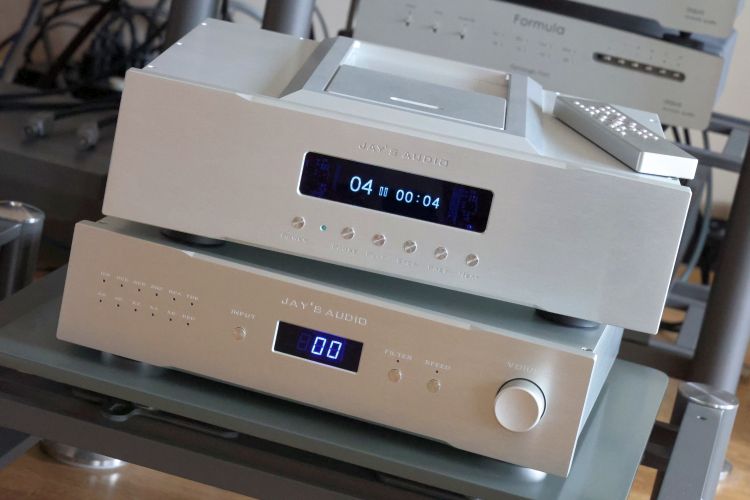
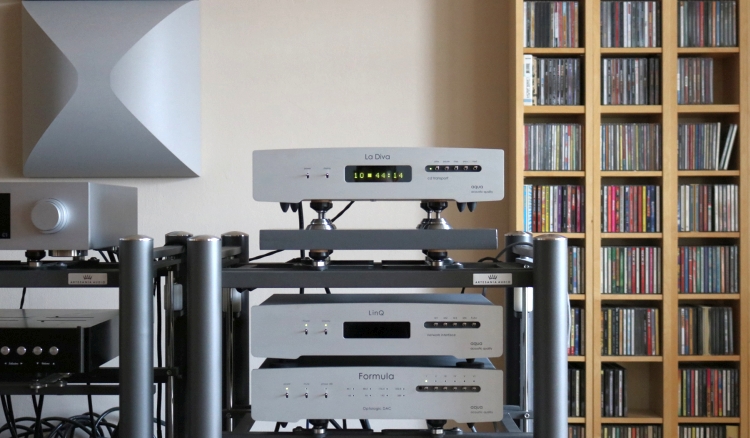
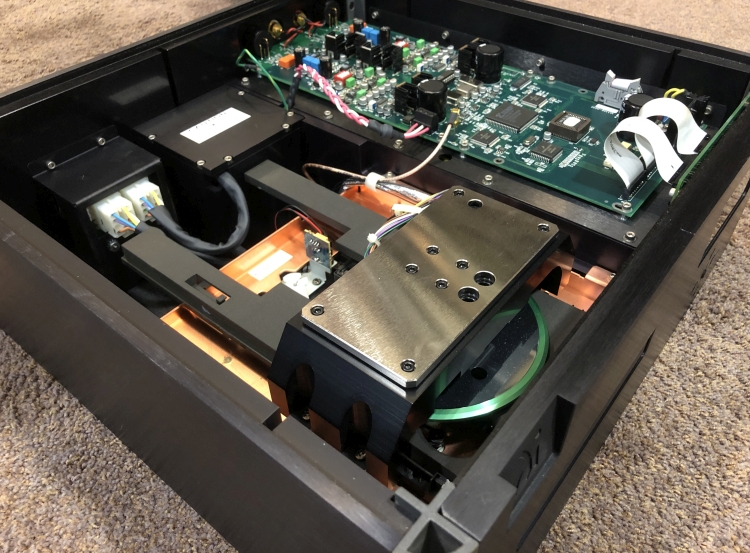
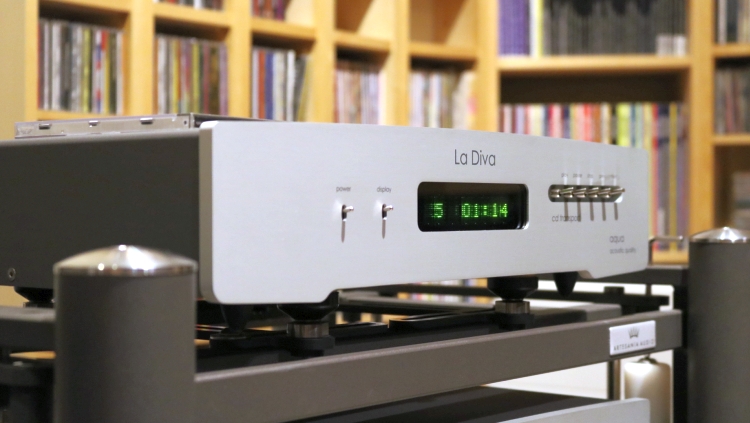
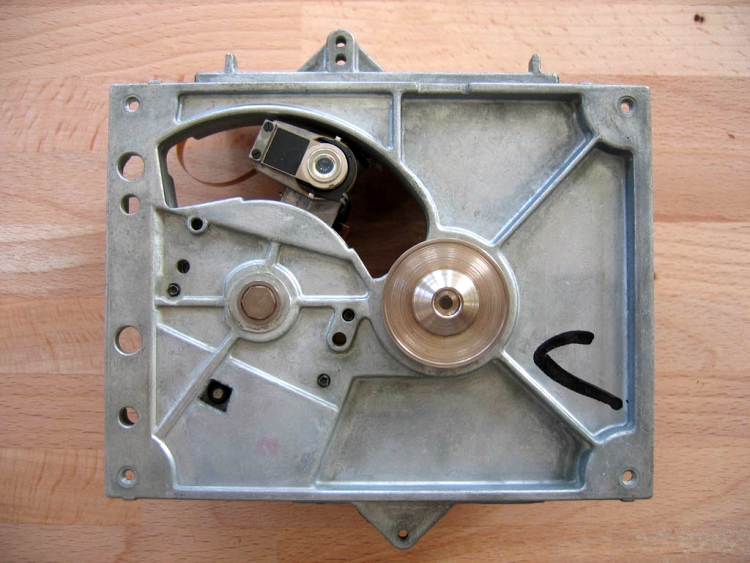
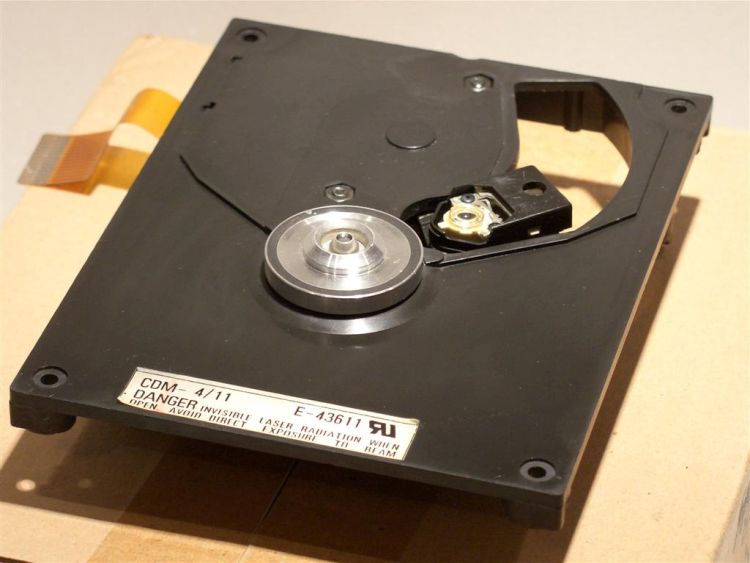
Loving this comparision of the vintage Philips and Marantz units, i have had the 960 amd loved it, but im now in the lucky position to own a near mint 94 mk2 and i must say the ound is so distinctive, rich, liquid treble, creamy and so smooth without being overly cloying, best Cd player i have ver heard and i have listened to most of the Sony ES stuff plus more modern high end players but the Marantz is the one player i keep going back too, truly magical
bonjour
vos commentaires sont très intéressant et m on beaucoup aidé je voulais juste savoir si vous utilisez la terre sur vos branchement électrique
cordialement
Hi Douaglin, All players used at that time had captive power leads without earth connection and I did not earth them alternatively. That said, earthing the chassis can help improve the player’s sound, leading to a more articulate and more expressive, albeit less free-flowing, sound.